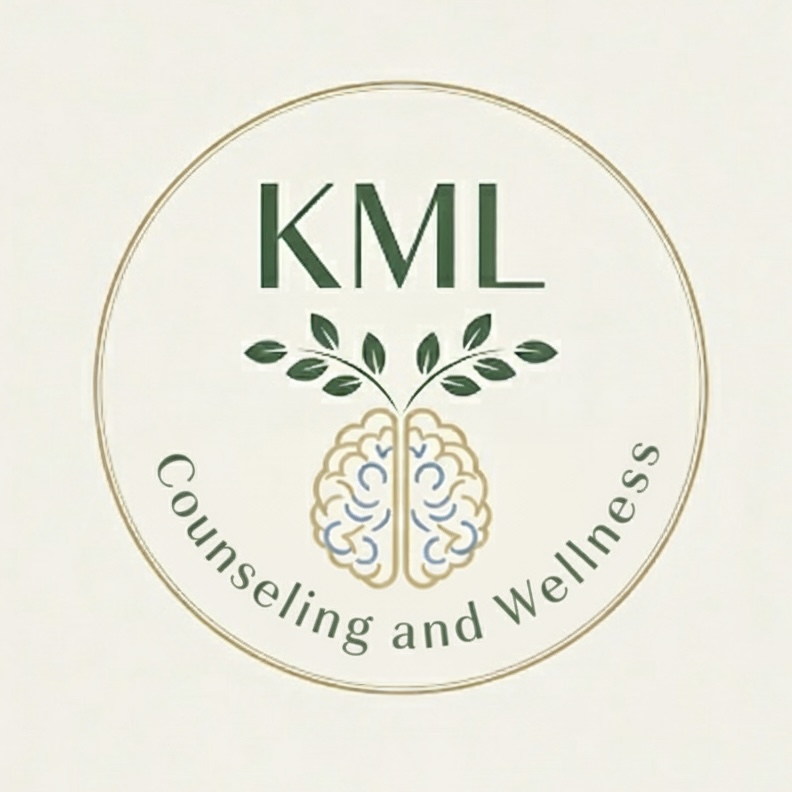Why "Doing Nothing" is the Best Thing You Can Do for Your Anxiety
- Kendra Lanni, LICSW
- Oct 20
- 3 min read
We live in a world that praises the hustle and grind. Our phones are packed with productivity apps, our calendars are double-booked, and there's a constant, nagging pressure to be doing something.
For people prone to anxious thinking, this societal pressure is a dangerous trap. It reinforces the idea that if you stop moving, if you allow a moment of stillness, you'll fall behind, or worse—the anxiety will rush in. What if I told you the single best skill for managing anxiety is not about doing more, but about learning to simply... pause? "Doing nothing" is not a sign of weakness or laziness. It is, in fact, an act of courage and a powerful form of self-care. It’s a core skill we practice in therapy, and here is why it works.
Why We Fear the Pause
When you pause, your anxious mind is suddenly faced with silence. This is often when the "what ifs," the to-do lists, the “shoulds”, and the self-criticism try to storm the gate.
We resist the pause because:
1. Productivity Guilt: We feel like we are wasting time or failing to meet unrealistic, self-imposed standards.
2. Avoidance: We use constant motion (scrolling, planning, cleaning) to get out of minds and bodies and distract from uncomfortable feelings.
3. The "Rush In": We fear that if we stop, the uncomfortable feelings we've been running from will finally catch up.
The goal of the pause is to learn that those anxious thoughts are just thoughts—not orders, and certainly not reality.
Simple Mindfulness: How to Switch to "Productive Nothing"
You don't need to sit on a cushion for an hour to start pausing. These simple mindfulness techniques help you create mental space and quiet the anxious alarm bell, turning "doing nothing" into a powerful tool that is available for you anytime, anywhere.
1. The 3-Minute Anchor
When you feel the urge to check your phone, tackle a chore, or start a future-oriented list, stop yourself.
• Action: Find a comfortable seat. Close your eyes, or soften your gaze.
• Focus: Direct your attention completely to your feet on the floor. Notice the weight, the pressure, the temperature, the texture of your socks or shoes.
• Goal: For three minutes, your only job is to return your focus to your feet every time your mind wanders. This simple physical anchor grounds you in the present moment, out of your mind and into your body, making it difficult for anxiety to drag you into the future or past.
2. The Power of "Just This"
Often, our anxiety is a blend of past regrets and future worries. This technique brings you only to the immediate sensation.
•Action: Choose one simple, sensory activity that you rush through (e.g., making tea, washing your hands, petting your dog).
•Focus: As you do it, repeat the phrase "Just this" in your mind. Example: As you wash your hands, feel the temperature of the water: "Just this." Notice the scent of the soap: "Just this." Focus only on the feeling of drying your hands: "Just this."
•Goal: You are giving your mind permission to drop all other tasks, worries, and deadlines for a brief, intentional moment. Notice the space.
3. Labeling the "Shoulds"
Anxiety thrives on the language of pressure: "I should be working," or "I shouldn't feel this way."
•Action: The next time you try to pause and your mind yells a “should” at you, take a breath.
•Focus: Mentally label the thought. Don't engage with it by labeling it as “good” or “bad”. Simply acknowledge: "That's a 'should' thought." or "That's my anxiety talking.”
•Goal: Labeling a thought separates you from it. You are acknowledging the anxiety without immediately obeying its command. You gain the freedom to consider, weigh, and choose your best response (or no response at all!).
From "Doing Nothing" to Deep Well-being
Learning to pause is the foundation of regulating a hyperactive nervous system. It's about retraining your brain to understand that stillness is safe and productive. Therapy, particularly approaches like DBT informed Mindfulness and Cognitive Behavioral Therapy (CBT), provides the support and structure to practice this "productive nothing" consistently. If the struggle to simply be without doing resonates with you, it's a powerful indicator that therapy could offer the valuable insight and support you need to navigate modern life with more calm and authenticity.



